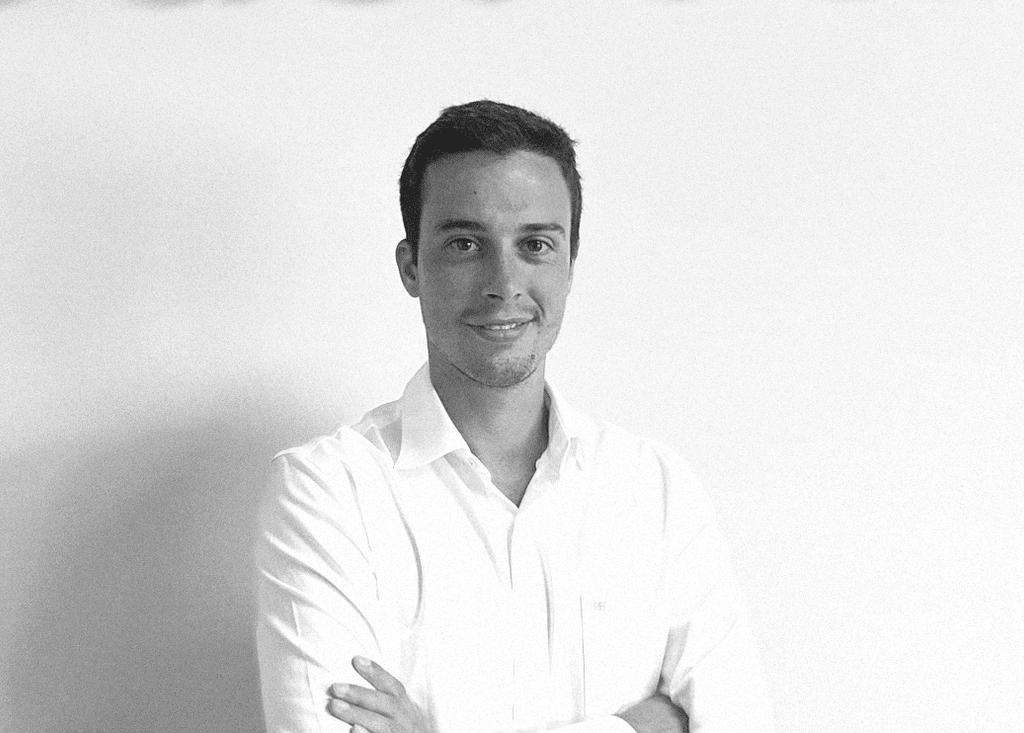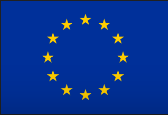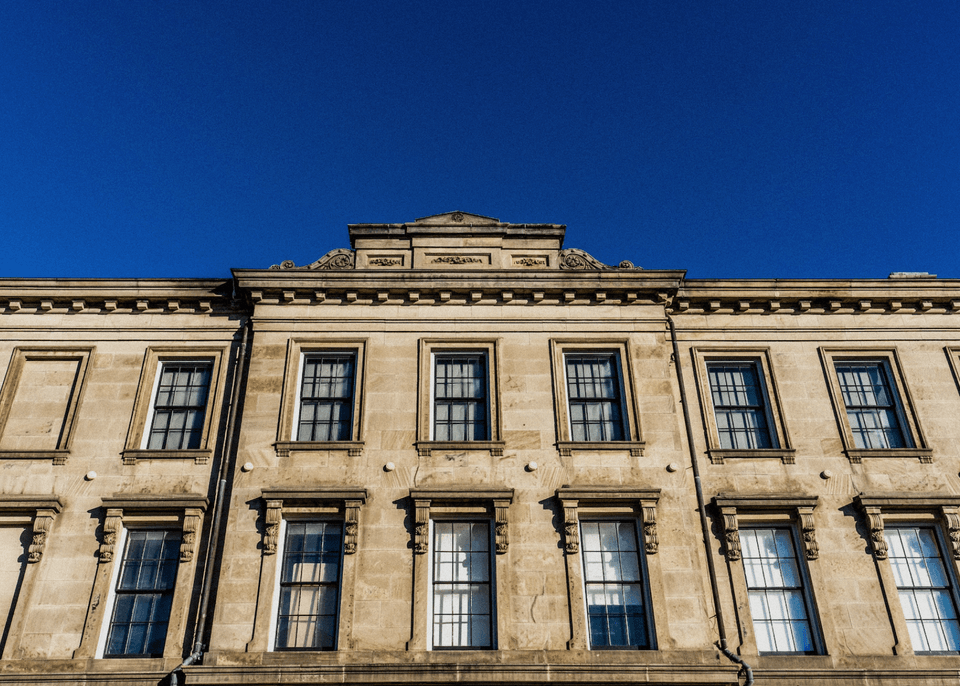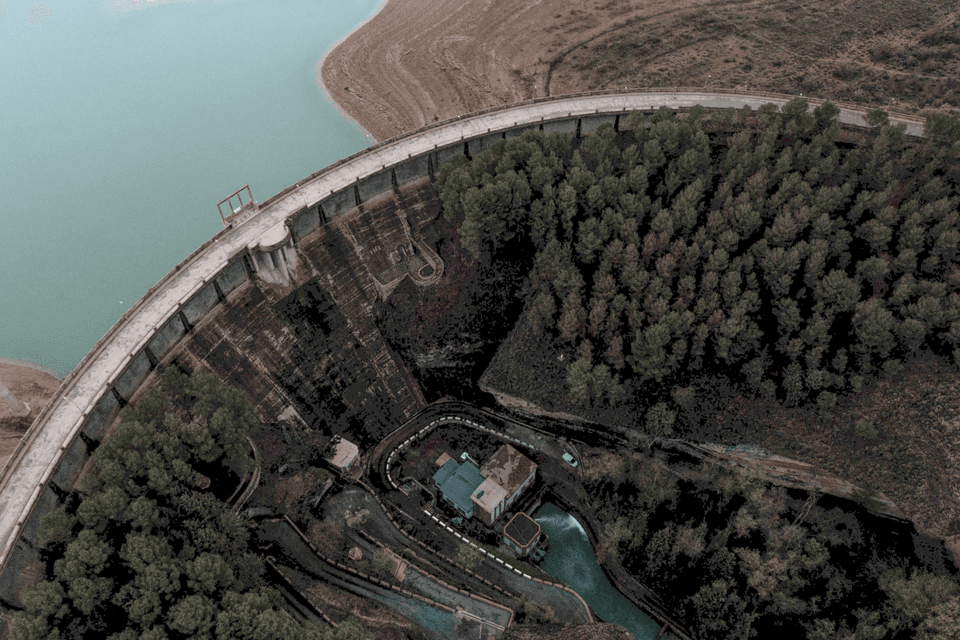WeForming: Buildings as Efficient Interoperable Formers of Clean Energy Ecosystems


Smarter and more sustainable energy management
| Dates | October 2023 - September 2026 |
| Proyect website | Non available yet |
| Leader | European Dynamics SA |
| Reference | 101123556 |
| Finaning entity | Weforming’s Project has received funding from the European Union´s Horizon Europe research and innovation programme under grant agreement No 101123556
|
| Proyect logo |
Context
The WeForming project aims to change the paradigm of efficient energy management in buildings, with special attention to its interaction with the energy ecosystem (energy grids and markets). This will be achieved through the development, deployment, and demonstration of innovative solutions addressing: i) digital operation, management, exploitation, and maintenance, and ii) efficient, flexible, and interactive energy processing for Smart Grid-Forming Efficient Buildings (iGFB). These buildings will operate intelligently, efficiently, and interactively in a multi-energy, multi-user, multi-sectoral, multi-market, and multi-objective environment, without neglecting quality, comfort, health, and acceptance.
WeForming will develop and demonstrate a new generation of iGFBs, representing a novel concept in building energy operation, primarily based on high digitalization and intelligence, as well as advanced, efficient, and interactive energy and power processing across multiple carriers.
WeForming will design an Interoperable Building Reference Architecture (W-IBRA) towards creating a smart network dominated by iGFBs acting as active entities, considering the incorporation of new business models.
Objective
1. Transformation of passive buildings into iGFBs through real-time interoperability controllers.
2. Design of the operational layer of WeForming to manage multi-energy iGFBs and enable smart energy districts.
3. Definition of data models for iGFB components and creation of efficient Digital Twins.
4. Effective integration of standards such as BIM, gbXML, oBIX, and SRI into smart energy operations.
5. Enable digital interoperability of buildings with their environment through an IDS-compatible Interoperability Framework.
6. Promotion of a participatory co-creation framework with stakeholders in the iGFB functional chain.
7. Demonstration and validation of solutions in 6 European demonstrators under diverse conditions.
8. Promotion of innovative use cases and business models in smart buildings.
9. Sustainable integration of iGFBs in smart grids and cities, overcoming non-technical barriers.
10. Efficient communication and alignment with European initiatives for the growth of iGFBs and market opportunities.
Rol de Cuerva
In addition to involvement in each project phase, Cuerva will play a significant role in the implementation phase by leading a task focused on supporting the rural renewable energy network. Leveraging its extensive experience and knowledge.
Cuerva aims to implement, operate, and validate the cloud-based digital platform developed in the Spanish demonstrator. This will enable the creation of a rural Energy Community (EC) to enhance efficiency and interaction with the renewable energy aggregator. The implementation of a digital energy management platform will increase the energy intelligence and interoperability of EC buildings. Additionally, the EC will be enabled to offer support services to the distribution network operator.
Certain functionalities of the digital platform and use cases will be assessed, which, due to regulatory limitations, cannot be implemented in reality but can be tested in a virtual environment recreated in a digital twin.




